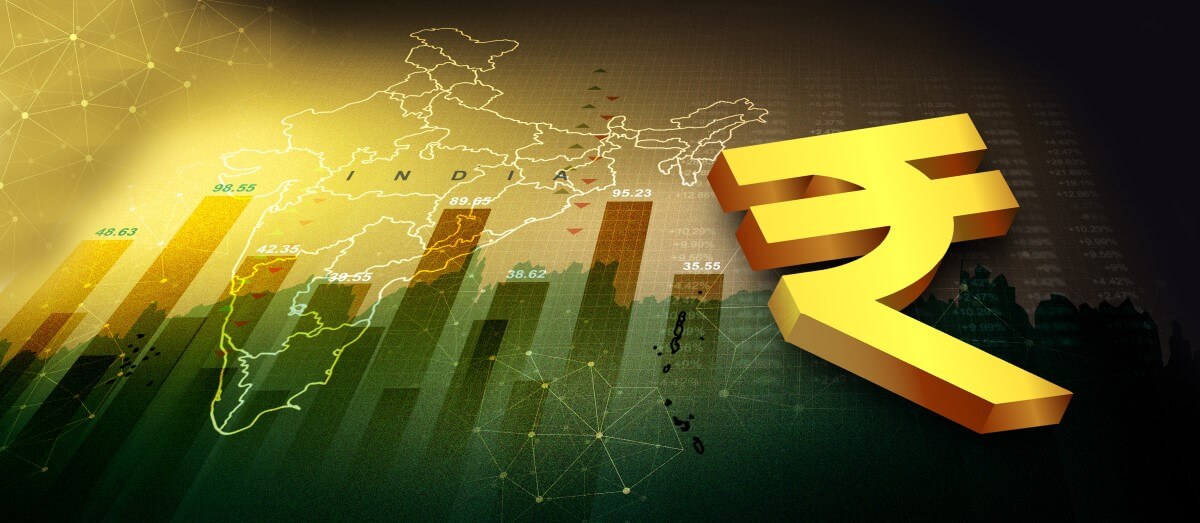Complete Guide to TCS when Remitting Foreign Travel Expenses from India
Complete guide to TCS applicable when remitting from India to cover foreign travel such as for overseas tour packages. We go over the TCS rate and how to claim.

Under the Liberalised Remittance Scheme (TCS), residents of India are eligible to send up to USD 250,000 abroad from India annually1. It's important for residents of India to understand the costs involved when sending foreign outward remittances from India. These include:
Transfer fee charged by the bank or provider (+ GST tax on top on the fees)
Markups on mid-market exchange rate: a hidden cost involved in currency conversions.
Tax Collected at Source (TCS): an additional amount withheld from foreign transfers above a threshold (varies based on transfer purpose.
| 📃 In this article on TCS, we cover: |
|---|
Tax Collected at Source (TCS) on foreign remittances is a specific percentage collected on outward remittances made under the Liberalised Remittance Scheme. The amount collected as TCS on a particular transfer is deposited with the Income Tax Department and documented on your Form 26AS.
| What is TCS? |
|---|
| TCS stands for Tax Collected at Source. TCS is not a fee but a tax withholding that can be claimed when filing tax returns. Sec 206C 1(G) of the Income Tax Act 1961 deals with TCS tax on foreign remittances.2 |
| Why is TCS collected? |
| TCS is collected on outward remittances to helps monitor international fund transfers to prevent money laundering and tax evasions. The Income Tax Act has provisions for TCS that the transfer provider must collect a specific percentage of money sent outside India, but there are exemptions.3 |
| Difference between TDS and TCS |
| TCS differs from TDS because TCS is a tax withheld by a service provider when sending money overseas. On the other hand, TDS (Tax Deducted at Source) is the tax deducted by the company when paying an individual in case the amount exceeds a specific limit.4 |
For example, the tax collected by the bank or transfer services when remitting funds abroad is TCS. In contrast, the tax deducted by a bank when paying interest on fixed deposits to the depositor is TDS. |
TCS on foreign remittances is deducted when sending money abroad, above a certain threshold.5 Note that the entire transfer amount is not subject to TCS.
This table details the TCS rate for foreign remittances under LRS for different purposes, effective from October 2023 onwards:6
| Outward Remittance Purpose | TCS Rates* |
|---|---|
| LRS for Education Loan from financial institution | 0.5% for any amount above INR 7,00,000. |
| LRS for Education Fees other than bank-financed loan | 5% for any amount above INR 7,00,000. |
| LRS for Medical Treatment purposes | 5% for any amount above INR 7,00,000. |
| LRS for other purposes | 20% for any amount above INR 7,00,000. |
| Overseas Tour Program Purchase | 5% for an amount up to INR 7,00,000; 20% for any amount above INR 7,00,000. |
*TCS Rates as effective from 1 October 2023 onwards
The service provider you use to transfer money abroad records all foreign remittances you make during the year. As soon as the amount exceeds INR 7,00,000 in a financial year, they must collect TCS at the applicable rate by debiting your account when you transfer.
As a remitter, you must keep track of your money transfers abroad. TCS applies to all money transfers exceeding the overall limit of INR 7 lakhs under LRS.
You can check the TCS deducted during the year through the following documents.7
The bank or provider you use for the transfer deposits the TCS collected to the Income Tax Department, where it is available to be credited against your income tax return (ITR) the following year. So, if your overall tax liability in a financial year is less than the TCS, you can claim the TCS amount as a tax refund claim with your ITR.
When filing your annual ITR, you can claim the TCS refund on foreign remittances. Here are the steps:8
For most popular transfer purposes, the only way to avoid TCS on foreign remittances is to limit your overseas fund transfers to up to INR 7,00,000 within a financial year. Here are some ways to save TCS on foreign remittances:
TCS applies to Indian residents. NRIs who have an NRE account and are repatriating funds, or sending funds, to their permanent residence abroad will not have to pay TCS.
1. Can you refuse to pay TCS on money sent abroad?
No. You cannot refuse to pay the TCS on international money transfers. The transfer provider automatically debits your account with the TCS amount if the total foreign remittance during the year is more than INR 7,00,000.
2. Will the TCS amount be reversed in the case of a transaction reversal?
Generally, the bank refunds the TCS amount if the transaction reversal happens on the same day as the original fund transfer. Otherwise, it does not. However, you can claim the TCS refund on foreign remittance in your ITR.
Please see the Terms and Conditions for your region and visit our pricing page for the most up-to-date pricing and fee information on Wise products.
Sources used for this article:
Sources verified on 20 May 2024.
*Please see terms of use and product availability for your region or visit Wise fees and pricing for the most up to date pricing and fee information.
This publication is provided for general information purposes and does not constitute legal, tax or other professional advice from Wise Payments Limited or its subsidiaries and its affiliates, and it is not intended as a substitute for obtaining advice from a financial advisor or any other professional.
We make no representations, warranties or guarantees, whether expressed or implied, that the content in the publication is accurate, complete or up to date.

Complete guide to TCS applicable when remitting from India to cover foreign travel such as for overseas tour packages. We go over the TCS rate and how to claim.

Complete guide to TCS and remitting for foreign education expenses from India. Our guide covers the applicable rates, how to claim TCS, and tips to avoid them.

Complete guide and overview of fees about Profee, a compelling service for those seeking fast and often cost-effective international card-to-card transfers.

Our guide to EzyRemit worldwide money transfers provides and overview of their fees, how it works, and what you need to know before using it.

Overview of DBS India Remit service that provides remittances to India for DBS account holders in Singapore with a How-to Guide and expected costs.

विदेश से भारत पैसे कैसे पैसा मंगाने के विभिन्न तरीकों के बारे में जानें। आइये इनकी फीस और समय को समझते हैं।